Ecology: On ‘plant life’
Studying landscape architecture, I’m often told the profession deals with formation, rather than fixed forms. In practice, however, we often refer to plants as material: static, lifeless objects, instead of dynamic, sentient organisms.
While these attitudes aren’t universal, I believe designers can benefit from added perspectives on plants’ living existence from academics, practitioners of landscape architecture and related disciplines, as well as from Indigenous perspectives that can deepen a designer’s relationship with these lifeforms. Recent works like Planting: A New Perspective by Noel Kingsbury and Piet Oudolf, Planting in a Post-Wild World by Thomas Rainer and Claudia West, and Braiding Sweetgrass: Indigenous Wisdom, Scientific Knowledge and the Teachings of Plants by Robin Wall Kimmerer, have all focused on the dynamism of plants.
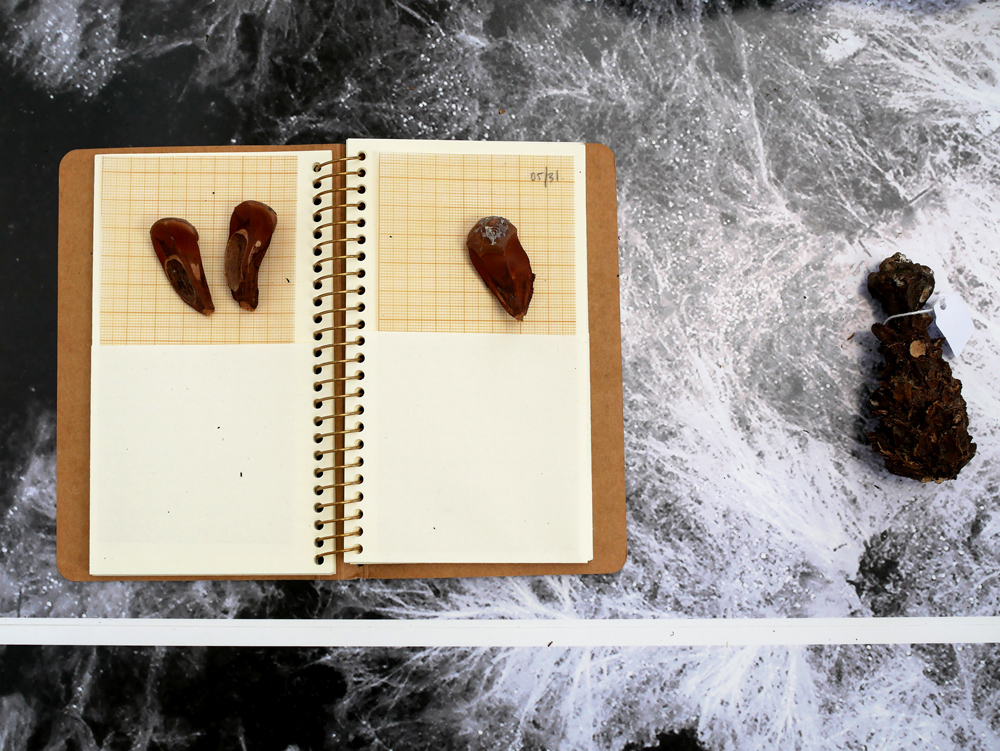
Similarly, landscape architect and academic Rosetta S. Elkin has done a lot to shift our relationship to plants. Her works include the book Tiny Taxonomy, and essays like Plant Life: The Practice of “Working Together” and Live Matter: Towards a Theory of Plant Life. I asked Elkin about her relationship with what she calls ‘plant life,’ and design lessons we can gain by recognizing their lively existence.
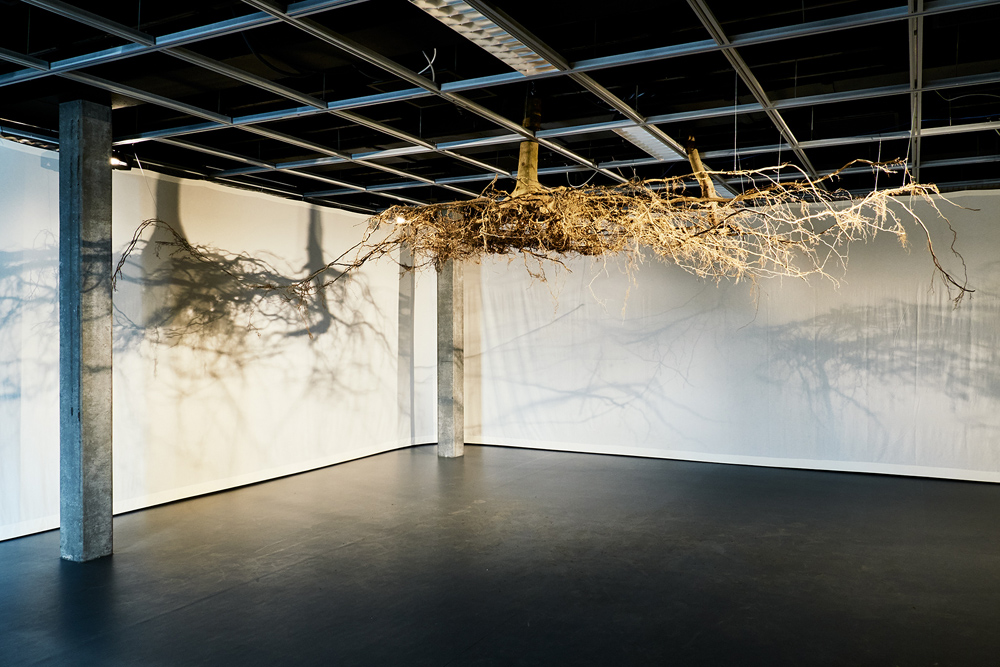
AT: How do you describe plants and your relationship with them in your work?
RE: I prefer to use ‘plant life,’ rather than just plants or vegetation, because it helps remind designers that we are working with living, breathing organisms. Plants are a collection of slowly dividing cells. Plant life is a swarm, representing the intersection of life and matter. They are a physical force of nature, altering circumstances in such a way that their growth and mobility actually modify the environments in which they exist. Designers often work against the grain: they try to predict, control, or outline plant life. I prefer to consider how we can work with plant life. Plants adapt and evolve—they change as the climate changes and migrate. We are an entirely plant-dependent species, yet few people care to see the cues. Our work as designers can only be comprehensive if it includes a consideration of plants in space, which demands a modification in our perspective of designing with plant life.

AT: What significant gaps do you still see in landscape architecture’s understanding and interaction with plants?
RE: I recently read this quote by Erle Ellis: “Nature is gone. You are living on a used planet. If this bothers you, get over it.” It was a reminder that our words no longer have to be over-intellectualized, and our lexicon does not have to alienate anyone. In fact, we are making our profession less relevant whenever we slip into over-specialization. When we reiterate the same discourse, our professions and our pedagogy contribute to climate denial. The fact is that the ground in which we work has been worked before and will be worked again. We are designing on a used planet, with hotter ecology and stolen materials. As our resources mingle, and environmental migration unfolds, why do we insist that plant life will stay the same? (I am alluding to the insistence on return to ‘native’ species). Thus, the gap I wish to close has to do with two main considerations: how the interests of conservation often hold back progressive adaptation and earthly transformation, and how the potential of landscape as a profession is limited by diminutive commercial stock, native species lists, and static construction details. Taken together, these two issues are the gap that confines our work.
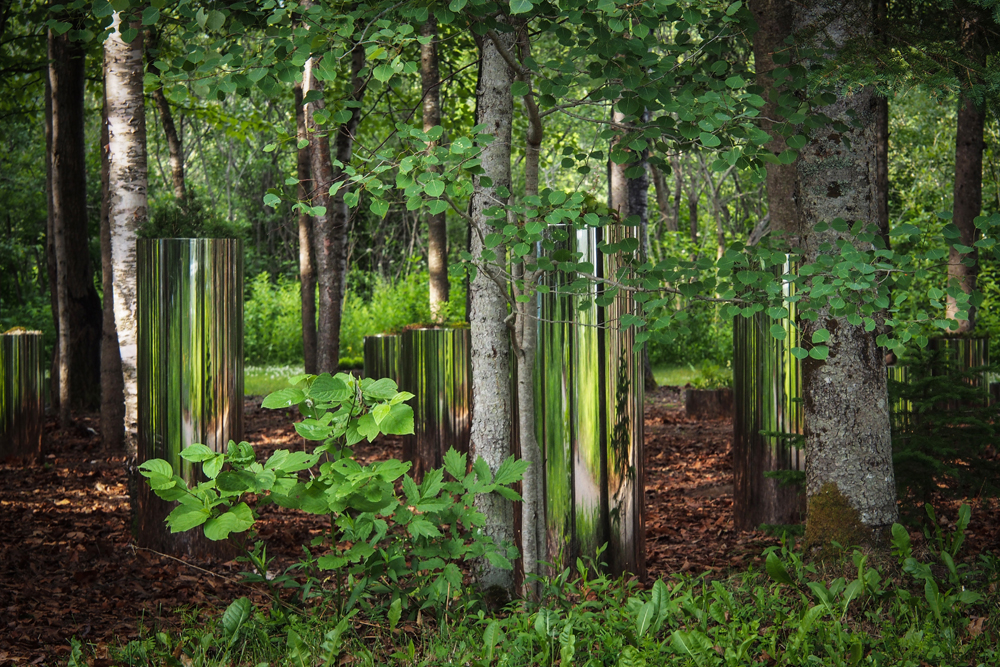
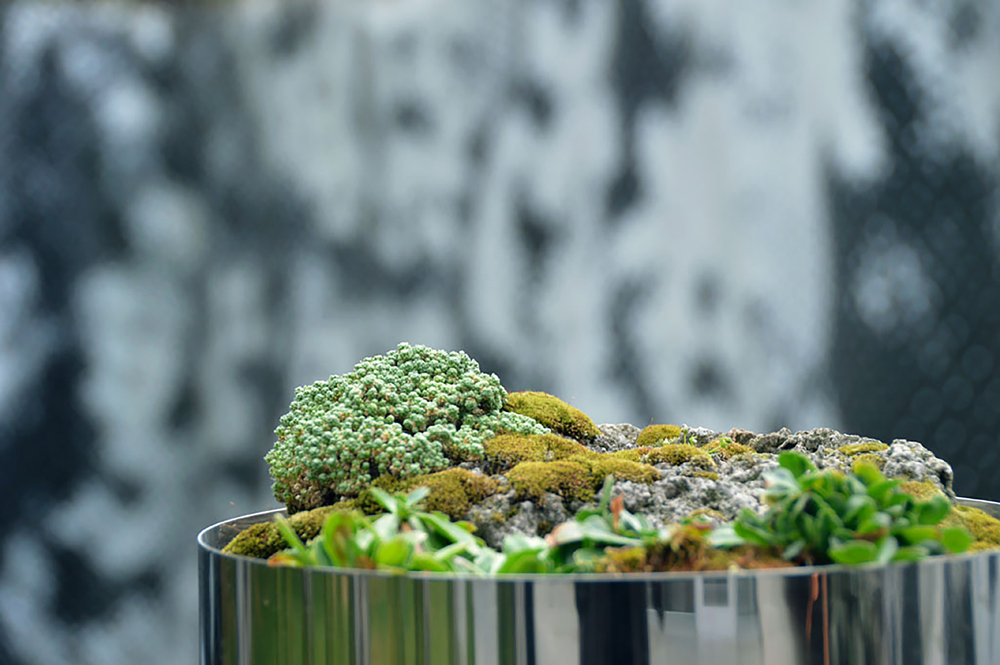
AT: What design lessons can landscape architects take away when recognizing this perspective and relationship with plants?
RE: Landscape architecture has inherited a discourse of terrestrial ecology, and a tendency towards generalization and oversimplification. We are taught plants are one of many contributing factors to ecology, which reduces the plant to a unit. Units are easy to count and tend to be associated with form. But as designers, is form really a fundamental attribute of plants? Plants are formation, they are process. If plants are always in motion, then the design challenge lies in the appreciation of how plants grow, not what plants look like. Embrace the beauty of change.
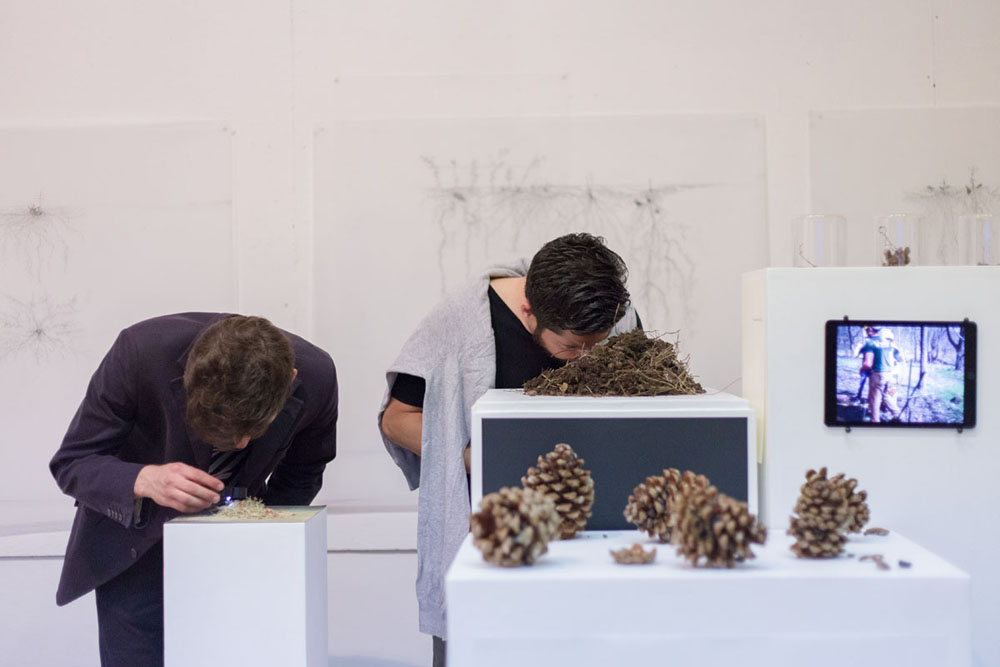
Text by Andrew Taylor, a Master of Landscape Architecture Student at the University of Toronto and a member of the Ground Editorial Board.
Rosetta S. Elkin is Principal of RSE Landscape, Associate Professor of Landscape Architecture at Harvard University’s Graduate School of Design, and Faculty Associate at Harvard Arnold Arboretum. Her research and teaching consider living environments with a particular focus on plant morphology, behaviour, and intelligence.
